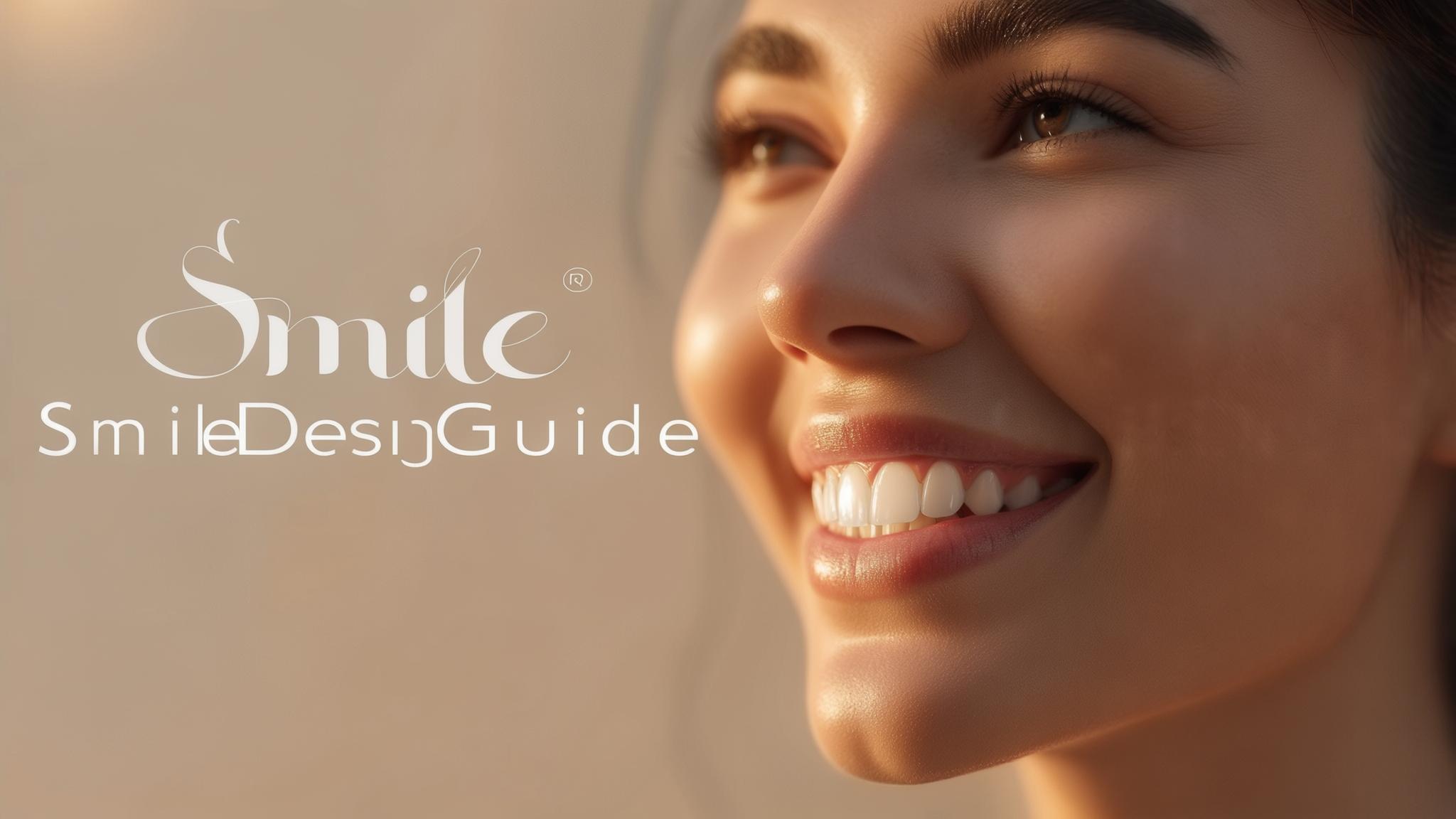Understanding Cosmetic Dentistry and Smile Design
Cosmetic dentistry is like the art of crafting a masterpiece, where your smile is the canvas. It focuses on improving the appearance of your teeth, gums, and overall smile. Smile design is a crucial aspect of cosmetic dentistry, aiming to enhance facial aesthetics by aligning the smile with the unique features of your face. Just as no two faces are the same, no two smiles should be either. The relationship between face shapes and smile design is essential because a well-designed smile can accentuate your natural beauty, creating harmony and balance.
Understanding Face Shapes
Each face has its unique shape, which can be broadly categorized into five main types: oval, round, square, heart, and long/rectangular.
- Oval Face Shape: This is considered the ideal shape, with balanced proportions and a gently rounded jawline.
- Round Face Shape: Characterized by full cheeks and a softer, more circular appearance.
- Square Face Shape: Notable for a strong jawline and equal width across the forehead, cheeks, and jaw.
- Heart Face Shape: Distinguished by a wider forehead and a narrow, pointed chin.
- Long/Rectangular Face Shape: Features a longer appearance with a straight and somewhat narrow silhouette.
Each shape has distinct proportions and dimensions, with key features like the jawline, cheekbones, and forehead playing significant roles.
The Role of Smile Design in Cosmetic Dentistry
Smile design is the process of creating a smile that complements your facial features. It’s like tailoring a suit specifically for your body, ensuring that every element fits perfectly. Personalized treatment plans are essential because they consider various factors like tooth shape and size, gum line and lip position, and the color and alignment of teeth. This customization ensures that your smile not only looks beautiful but also feels natural and comfortable.
Tailoring Smile Design to Different Face Shapes
Each face shape benefits from specific smile design strategies:
Oval Face Shape
For an oval face, the goal is to maintain balance. Ideal tooth shapes and sizes are those that enhance the natural symmetry. A smile arc that follows the curvature of the lower lip and a subtle gum display can add to the elegance.
Round Face Shape
To elongate the appearance of a round face, teeth that are slightly longer can help. Smile design techniques such as adding angles can create a more structured look, enhancing the overall facial aesthetics.
Square Face Shape
With a square face, softening the strong features is key. This can be achieved by using rounded teeth. The width and length ratios of the teeth are crucial to ensure that the smile doesn’t overpower the face.
Heart Face Shape
For heart-shaped faces, balancing the width of the upper teeth with the narrow chin is essential. Proportions that create harmony between the upper and lower parts of the face can result in a captivating smile.
Long/Rectangular Face Shape
Wider teeth can help create balance in a long face. A fuller smile can reduce the perceived length, making the face appear more balanced and inviting.
Techniques and Procedures in Cosmetic Dentistry
Several cosmetic procedures play a role in smile design:
- Teeth Whitening: Brightens the teeth, enhancing the overall smile.
- Veneers: Thin shells that cover the front of the teeth to improve appearance.
- Bonding: Repairs chipped or cracked teeth.
- Orthodontics: Straightens teeth and corrects bite issues.
- Gum Contouring: Reshapes the gum line for a more balanced look.
Digital smile design technology is revolutionizing how dentists and patients approach cosmetic dentistry. It allows for the simulation of potential outcomes, enhancing patient communication and satisfaction.
The Consultation Process
During a consultation, a thorough assessment and evaluation of your face and smile are conducted. Discussing your goals and expectations helps in crafting a customized treatment plan that aligns with your face shape, ensuring that the final result is both beautiful and personal.
Conclusion
Aligning smile design with face shape is vital for achieving a harmonious look. If you’re considering cosmetic dentistry, exploring your options can lead to a smile that not only enhances your appearance but also boosts your confidence. A well-designed smile can transform how you see yourself and how others see you, making it an investment in your overall well-being.

